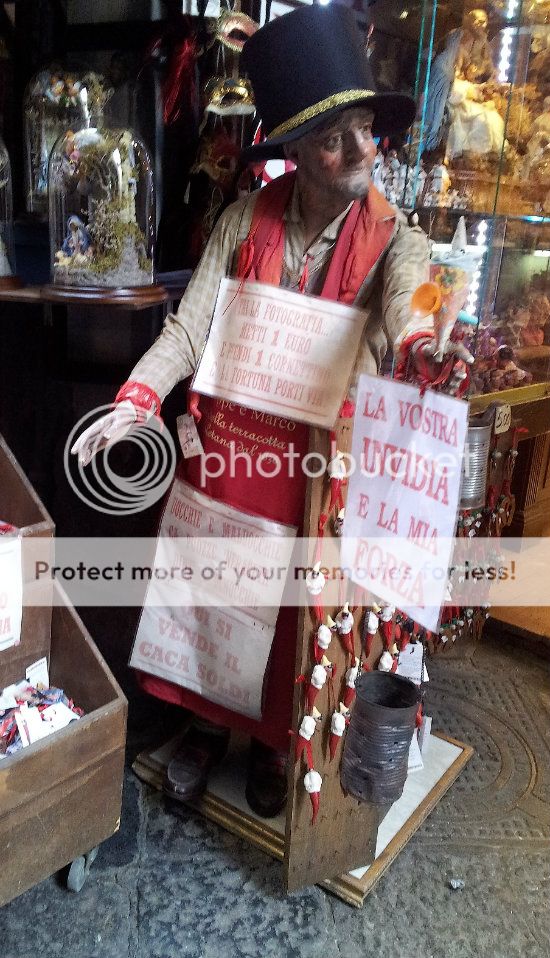-
Sylvhia.
User deleted
The Legend of the Horn that Brings Luck

One of the most common lucky charm of southern Italy is the horn. Traditional habits and customs indicate it as an amulet. It throws away troubles and gives useful protection against envy, evil eye and all kind of unexpected events. But how does the myth of the red horn? To find it out, we need to go as far back as 3500 BC and dig into an unusual mix of history, mythology and anthropology.
The Neolithic Age the inhabitants of the huts used to hang up deer's horns on the doorway, they were symbols of power and fertility. The fertility was associated with good fortune because the more people were fertile the more were prosperous, and then lucky. Instead, in Egyptian mythology it was customary to offer horn as a vow to the goddess Isis (goddess of motherhood and fertility), as gift for her help in animals procreation, as they were sustenance and wealth of the tribe.
In Greek mythology, it is said, that Zeus, the father of the gods,in order to thank the nymphs Adrasteia and that I, that had grown him away from his father Cronus and nourished with the milk of the goat Amalthea , gave them a horn that Amalthea broke beating against a tree, from which it would appear allthat the nymphs wished (still the cornucopia is considered a symbol of good luck and abundance).
In Italic culture instead, the Romans, traders and practical men, believed the horn symbolically representated the foul, then the metaphor of prosperity lucky charm for business, money, and production activities. It 's just in the Middle Ages that the use of the horn becomes magical dimension, becoming a referent apotropaic par excellence: a symbol of luck, good fortune and of removal of evil influences. To release their beneficial influences the talisman was supposed to be red and handmade.
Red because this color symbolized the blood of vanquished foes. Handmade because in magic it was believed that eachtalismans acquires the beneficial powers from the hands of the manufacturer. Till today it remains in the Neapolitan tradition the use of "curniciello" object considered superstitious and that takes away "bad luck." But be careful, to work it must be a gift, (wished luck !), it must be in coral, (as this rare and precious stone was associated with the power to ward off the evil eye and protect pregnant women), and it must be concave so to be salt-filled ... good Luck to all!
*Attention please* - - "This translation (and / or content) is made by Sylvhia exclusively for "I Nove Mondi Forum". In case of partial or full release is mandatory to link to the original source and the required credits".
Fonte: www.zzub.it/leggendeitaliane/leggi/...-avrete-fortuna.
The Legend of the Horn that Brings Luck16 Luglio 1014 |


